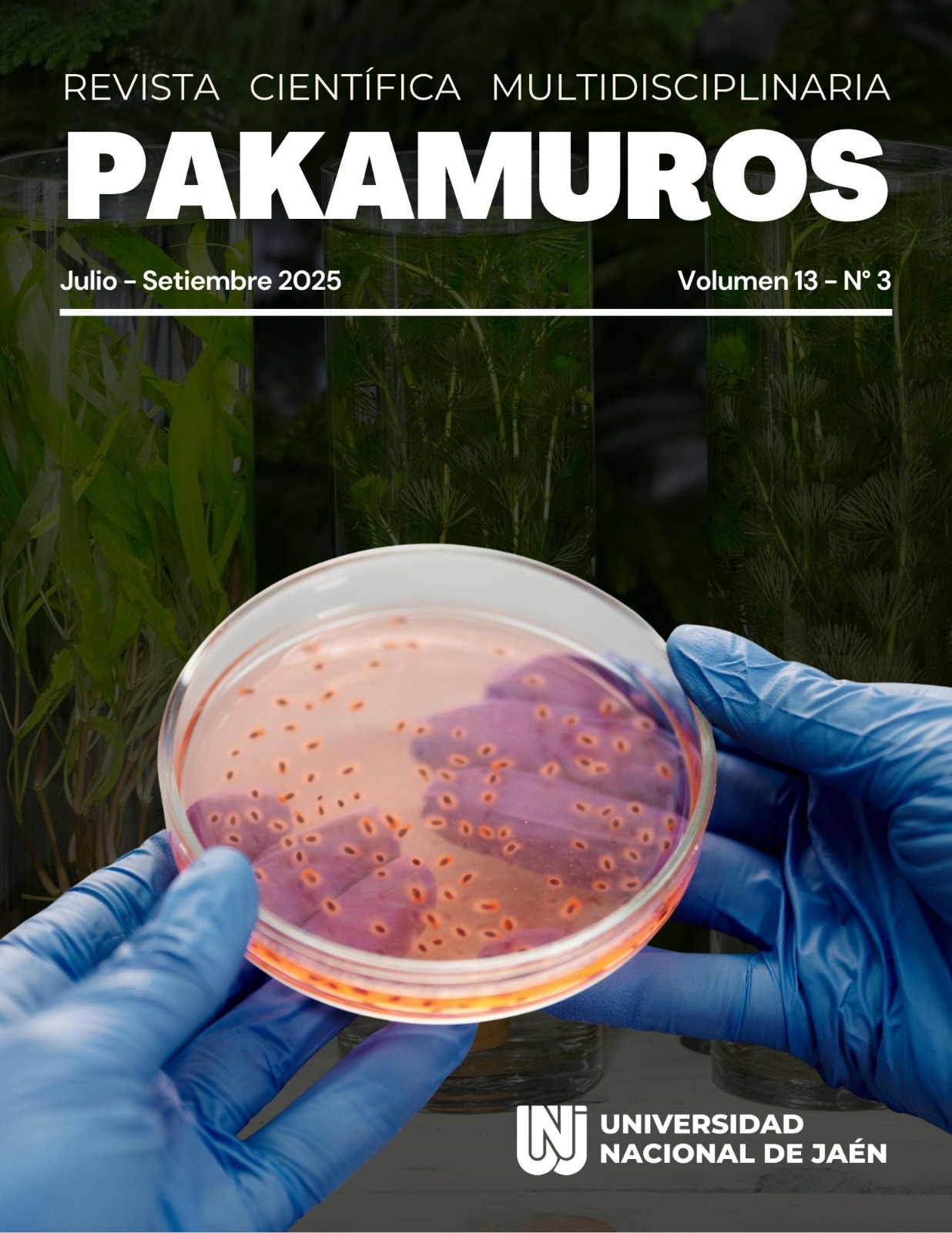Damage Assessment and Recovery of Concrete Bearing Capacity After FireExposure: A Systematic Review of the Literature.
DOI:
https://doi.org/10.37787/t0wzg155Keywords:
concrete, fire, strength, spalling, load-bearing capacityAbstract
This article presents a comparative analysis of various studies focused on concrete performance at high temperatures, particularly considering the degradation and possible recovery of its structural capacity after a fire. Studies are examined that address variables such as the type of concrete used, the incorporation of metallic or synthetic fibers, the addition of pozzolanic materials, the cooling methods applied, and post-fire diagnostic techniques. The reviewed findings indicate that the use of steel or glass fibers can contribute to improving the thermal stability of concrete, although their effectiveness depends on the type of mix and the thermal conditions achieved. Similarly, the incorporation of fly ash has shown positive effects on the residual strength of self-compacting concrete. Both experimental approaches and theoretical models are included, allowing for the assessment of thermal damage and phenomena such as spalling. This review identifies recurring patterns, methodological contradictions, and knowledge gaps, highlighting the need for unified criteria for post-fire structural assessment. Overall, the value of integrating this knowledge into the design and recovery of fire-damaged structures is highlighted.
References
Abdelrahim, M. A. A., Elthakeb, A., Mohamed, U., & Noaman, M. T. (2021). Behavior of Reactive Powder Concrete Beams Exposed to Fire. Diyala Journal of Engineering Sciences, 14(4), 1-12. https://doi.org/10.24237/djes.2021.14401
Aboud, R. K., Awad, H. K., & Mohammed, S. D. (2024). Effect of Fire Exposure on the Properties of Self-Compacting Concrete reinforced by Glass Fibers. Engineering, Technology & Applied Science Research, 14(2), 13369-13375. https://doi.org/10.48084/etasr.6924
Aguirre, M. E. U., & Aguirre, G. J. A. (2018). Efecto del tiempo de exposición al fuego en la resistencia a flexión de vigas de hormigón armado. Gaceta Técnica, 19(2), 7-18. https://www.redalyc.org/journal/5703/570360789001/html/b
Albiajawi, M. I., Wahppe Alkasawneh, R., Mostafa, S. A., Johari, I., Embong, R., & Muthusamy, K. (2024). Performance of sustainable concrete containing recycled latex gloves and silicone catheter under elevated temperature. Journal of King Saud University - Engineering Sciences, 36(3), 186-198. https://doi.org/10.1016/j.jksues.2021.11.008
Alonso, A. M. Cruz., & Flor-Laguna, L. V. (2013). Determinación de la profundidad de daño en estructuras de hormigón post-incendio. Redalyc, 3(1), Article 1. https://doi.org/10.21041/ra.v3i1.39
Alzamili, H. H., Хаким, А. Х., Elsheikh, A. M., & Мохамед, Э. А. (2023). Performance of reinforced concrete elements strengthened with carbon fiber CFRP at elevated temperatures. Structural Mechanics of Engineering Constructions and Buildings, 19(5), 502-509. https://doi.org/10.22363/1815-5235-2023-19-5-502-509
Cuyán, A. E. B., Mio, J. L. M., & Muñoz, S. P. P. (2021). Comportamiento Térmico y Estructural del Concreto Expuesto a Altas Temperaturas: Una Revisión de la Thermal and Structural Behaviour of Concrete Exposed To High Temperatures: A Review of the Literature. Investigatio, 16, 78-93. https://doi.org/10.31095/investigatio.2021.16.7
Durmaz, M. (2025). Synergistic Effects of Steel Fibers and Silica Fume on Concrete Exposed to High Temperatures and Gamma Radiation. Buildings, 15(11), Article 11. https://doi.org/10.3390/buildings15111830
Dyson, C., & Shankar, V. G. R. (2024). Fortifying flames: Boosting concrete fire resistance with hybrid fiber polymers. Scielo, 29(03), 14. https://www.scielo.br/j/rmat/a/fNfF7rJNxcBRbC8H4m3TCFP/
Elif, H. B., Kaya, Y., Mardani, A., & Şenkal, F. S. (2025). Improving fire resistance of lightweight concrete facade elements by using fibers. Springer, 25(70), 18. https://doi.org/10.1007/s43452-025-01133-6
Estevan, L., Torres, B., Baeza, F. J., Gattulli, V., & Ivorra, S. (2024). Enhancing fire resistance of masonry structures: The potential of ultra high performance concrete (UHPC). Construction and Building Materials, 425, 136088. https://doi.org/10.1016/j.conbuildmat.2024.136088
Gebre, Y., Gebremariam, H., & Tarekegn, A. G. (2024). BEHAVIOR OF CONCRETE UNDER FIRE EXPOSURE. European Journal of Materials Science and Engineering, 9(4), 281-294. https://doi.org/10.36868/ejmse.2024.09.04.281
Heiza, K. M. (2012). Performance of Self-Compacted Concrete Exposed to Fire or Aggressive Media. Challenge Journal, 3(2), 406-425. https://www.challengejournal.com/index.php/cjcrl/article/view/147
Jansson, R. (2013). Fire spalling of concrete – A historical overview. MATEC Web of Conferences, 6, 01001. https://doi.org/10.1051/matecconf/20130601001
Kang, M., & Wei, bin L. (2018). Effect of the Aggregate Size on Strength Properties of Recycled Aggregate Concrete. Wiley, 2018(1). https://doi.org/10.1155/2018/2428576
Kaura, P., Mohapatra, B., Ojha, P. N., Singh, B., Kumar, S., & Liju, V. (2023). Fresh, hardened and durability properties of concrete made with flyash and limestone based Portland composite cement. Journal of Asian Concrete Federation, 9, 1-16. https://doi.org/10.18702/acf.2023.9.1.1
Kessel, O., Bennia, A., Bravo Hidalgo, D., Abderraouf Belkadi, A., Lyes Kamel Khouadjia, M. (2023). Investigación experimental del hormigón de alta resistencia sometido a altas temperaturas. Revista ingeniería de construcción, 38(1), 114-126. https://doi.org/10.7764/ric.00056.21
Kiran, K. P., Chiranjeevi, R. R., & Chiranjeevi, R. (2018). (PDF) Strength Studies on Different Grades of Concrete Considering Fire Exposure. ResearchGate, 6(1), 23. https://doi.org/10.11648/j.ajce.20180601.14
Kodur, V. (2014). Properties of Concrete at Elevated Temperatures. ISRN Civil Engineering, 2014(1), 1-15. https://doi.org/10.1155/2014/468510
Kuehnen, R., Youssef, M., & El-Fitiany, S. (2022). Influence of Natural Fire Development on Concrete Compressive Strength. Fire, 5, 34. https://doi.org/10.3390/fire5020034
Liu, C., Wang, P., Wang, X., & Miao, J. (2024). Autonomous damage segmentation of post-fire reinforced concrete structural components. Advanced Engineering Informatics, 61, 102498. https://doi.org/10.1016/j.aei.2024.102498
Mehran, K., Mingfeng, K., Muhammad, A., Jiancong, L., & Jian, G. D. (2023). Fire Performance of Fiber-reinforced Ultra-High-Performance Concrete: A state-of-the-art review. 9(1), 66-101. https://dx.doi.org/10.18702/acf.2023.9.1.65
Minh, T. T., Le, D.-H., & Emmanuel, O. B. (2023). Investigation of Post Fire Mechanical Performance of Recycled Aggregate Concrete Containing Ground Granulated Blast Furnace Slag. E3S Conferencia, 437(03003), 14. https://doi.org/10.1051/e3sconf/202343703003
Nazri, F. M., Jaya, R. P., Abu Bakar, B. H., & Ahmadi, R. (2017). Fire resistance of ultra-high performance fibre reinforced concrete due to heating and cooling. MATEC Web of Conferences, 87, 01021. https://doi.org/10.1051/matecconf/20178701021
Ning, X., Li, J., & Li, Y. (2022). An Explorative Study into the Influence of Different Fibers on the Spalling Resistance and Mechanical Properties of Self-Compacting Concrete after Exposure to Elevated Temperatures. researchgate, 12(12779), 17. https://doi.org/10.3390/app122412779
Noman, M., Yaqub, M., Abid, M., Musarat, M. A., Vatin, N. I., & Usman, M. (2022). Effects of Low-Cost Repair Techniques on Restoration of Mechanical Properties of Fire-Damaged Concrete. Frontiers in Materials, 8. https://doi.org/10.3389/fmats.2021.801464
Oliveira, R. G., Rodrigues, J. P. C., Miguel Pereira, J., Lourenço, P. B., & Lopes, R. F. R. (2021). Experimental and numerical analysis on the structural fire behaviour of three-cell hollowed concrete masonry walls. Engineering Structures, 228, 111439. https://doi.org/10.1016/j.engstruct.2020.111439
Pasztetnik, M., & Wróblewski, R. (2021). A Literature Review of Concrete Ability to Sustain Strength after Fire Exposure Based on the Heat Accumulation Factor. Materials, 14(16), Article 16. https://doi.org/10.3390/ma14164719
Qiao, R., Guo, Y., Zhou, H., & Xi, H. (2022). Explosive Spalling Mechanism and Modeling of Concrete Lining Exposed to Fire. Materials, 15(9), Article 9. https://doi.org/10.3390/ma15093131
Saqib, M. K., Imran, M. K., M., R. C., Hussain, S. K., & Ahmed, A. (2025). Performance analysis of fiber reinforced recycled aggregate concrete at elevated temperatures using response surface methodology. 15(12916), 17. https://doi.org/10.1038/s41598-025-94258-w
Silva, W., Souza, L., Ramalho, E., Felipe, A., & Pereira, L. (2025). Impacto de elevadas temperaturas na resistência à tração do concreto: Uma análise experimental. Caderno Pedagógico, 22(1), e13534. https://doi.org/10.54033/cadpedv22n1-204
Ünverdi, M., Kaya, Y., Mardani, N., & Mardani, A. (2025). Investigation of the Microstructural and Mechanical Properties of Fiber-Reinforced Roller-Compacted Concrete Under High-Temperature Exposure. Materials, 18(11), Article 11. https://doi.org/10.3390/ma18112430
Van Der Merwe, J. (2023). Desconchado del hormigón en caso de incendio: Visión general y relevancia local. Revista de la Institución Sudafricana de Ingeniería Civil, 62(2), 2-9. https://www.scielo.org.za/scielo.php?script=sci_arttext&pid=S1021-20192023000200001&lng=en&nrm=iso&tlng=en
Vitorino, H., Vila Real, P., Couto, C., & Rodrigues, H. (2024). Parametric analysis of post-earthquake fire resistance of reinforced concrete frames without seismic design. Engineering Structures, 303, 117556. https://doi.org/10.1016/j.engstruct.2024.117556
Wróblewska, J., & Kowalski, R. (2020). Assessing concrete strength in fire-damaged structures. Construction and Building Materials, 254, 119122. https://doi.org/10.1016/j.conbuildmat.2020.119122
Yağan, M., Özkal, F. M., Öztürk, M. O., & Polat, M. (2024). Investigation of the Structural Behavior of Reinforced Concrete Beams at Elevated Temperatures. ACS Omega, 9(8), 9593-9602. https://doi.org/10.1021/acsomega.3c09403
Yamanaka, F., Souza, R., & Teixeira, M. (2024). Análise das propriedades térmicas de uma parede de concreto armado submetido a temperaturas extremas. Contribuciones a las ciencias sociales, 17, e13277. https://doi.org/10.55905/revconv.17n.13-045
Published
Issue
Section
License
Copyright (c) 2025 Pakamuros Scientific Journal

This work is licensed under a Creative Commons Attribution-NonCommercial 4.0 International License.













